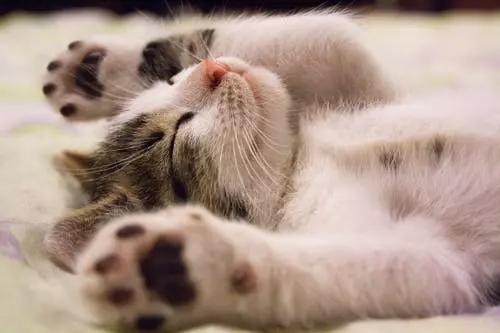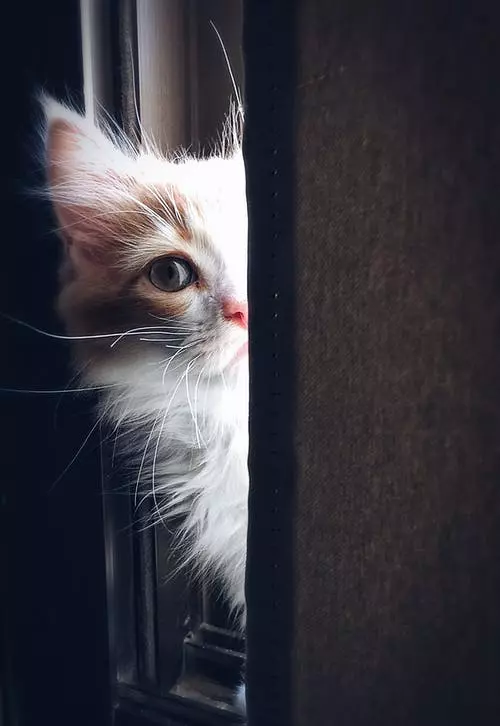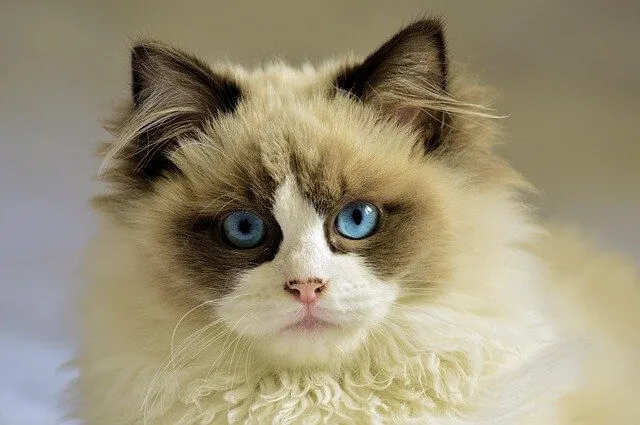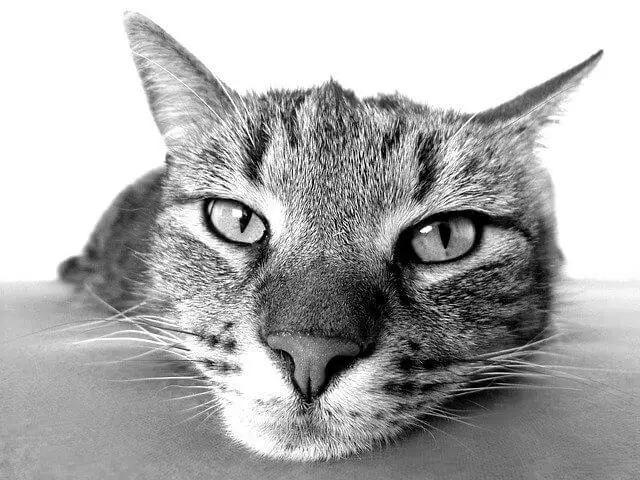Title: Recognizing and Addressing Symptoms of Dental Disease in Cats: A Comprehensive Guide
Introduction
Caring for your feline companion involves more than just providing food and shelter. Dental health plays a crucial role in your cat’s overall well-being. Dental diseases in cats, if left untreated, can lead to discomfort, pain, and even systemic health issues. This article aims to educate cat owners about recognizing the symptoms of dental disease in cats and provides practical tips on addressing these issues.
I. Understanding Dental Disease in Cats
A. The Importance of Dental Health in Cats
Proper dental health is essential for cats’ overall health and well-being. Dental diseases can cause pain, discomfort, difficulty eating, and even affect their internal organs.
B. Common Dental Diseases in Cats
1. Periodontal Disease
Periodontal disease is the most common dental issue in cats, caused by the buildup of plaque and tartar on the teeth and gums.
2. Tooth Resorption
Tooth resorption is a painful condition in which the cat’s body reabsorbs the tooth structure, leading to tooth loss and discomfort.
3. Feline Stomatitis
Feline stomatitis is a severe inflammation of the mouth tissues, causing pain and difficulty eating.
4. Gingivitis
Gingivitis is the inflammation of the gums, often caused by plaque and tartar buildup, leading to redness and swelling.
5. Oral Tumors
Oral tumors can occur in cats and may require surgical intervention for removal and treatment.
II. Recognizing Symptoms of Dental Disease
A. Behavioral Changes
Cats with dental disease may exhibit changes in behavior, such as decreased appetite, increased irritability, or reluctance to play or groom themselves.
B. Oral Signs and Symptoms
1. Bad Breath (Halitosis)
Persistent bad breath is a common sign of dental disease in cats and is often caused by bacterial infection.
2. Red or Inflamed Gums
Inflamed or red gums indicate gum disease and should be addressed promptly.
3. Tartar and Plaque Build-Up
The accumulation of tartar and plaque on the teeth can lead to dental issues if left untreated.
4. Difficulty Chewing or Dropping Food
Cats with dental disease may experience pain or discomfort when eating, leading to difficulty chewing or dropping food.
5. Pawing at the Mouth or Face
If your cat frequently paws at their mouth or face, it may indicate dental pain or discomfort.
6. Excessive Drooling
Excessive drooling can be a sign of dental disease and should be evaluated by a veterinarian.
7. Tooth Discoloration or Loss
Discolored or missing teeth may indicate advanced dental disease.
III. Addressing Dental Disease in Cats
A. Regular Dental Care at Home
1. Brushing Your Cat’s Teeth
Regular brushing can help prevent dental disease. Use a cat-specific toothbrush and toothpaste to clean your cat’s teeth.
2. Using Dental Treats and Toys
Dental treats and toys designed to promote oral health can help reduce plaque and tartar buildup.
3. Dental Wipes and Rinses
Dental wipes and rinses can be used as an alternative to brushing or as a supplement to maintain oral hygiene.
B. Professional Dental Cleanings
1. Importance of Veterinary Check-ups
Regular veterinary check-ups are crucial for monitoring your cat’s dental health and identifying any issues early on.
2. Dental Cleaning Procedure
Professional dental cleanings involve the removal of plaque, tartar, and bacteria from your cat’s teeth, often performed under anesthesia.
3. Anesthesia and Safety Measures
Anesthesia is necessary for thorough dental cleanings in cats to ensure their safety and comfort during the procedure.
C. Surgical Interventions
1. Tooth Extraction
In cases of severe dental disease, tooth extraction may be necessary to alleviate pain and prevent further complications.
2. Gingival Flap Surgery
Gingival flap surgery involves repositioning the gum tissue to treat gum disease and reduce inflammation.
3. Laser Therapy
Laser therapy can be used to treat various dental conditions and promote faster healing.
FAQs (Frequently Asked Questions)
1. How often should I brush my cat’s teeth?
2. Can dental disease in cats be prevented?
3. Are there any breed-specific dental issues?
4. What should I do if my cat refuses to let me brush its teeth?
5. Is anesthesia safe for dental procedures in cats?
6. How can I manage my cat’s dental health on a budget?
7. Are there any home remedies for cat dental care?
8. Can dental disease affect my cat’s overall health?
9. What is the cost of professional dental cleaning for cats?
10. Can dental disease lead to tooth loss in cats?
Conclusion
Maintaining proper dental health is vital for ensuring your cat’s well-being and longevity. By recognizing the symptoms of dental disease and addressing them promptly, you can help prevent pain and discomfort for your feline friend. Regular home care, professional cleanings, and necessary interventions will contribute to a healthier and happier life for your beloved cat.








